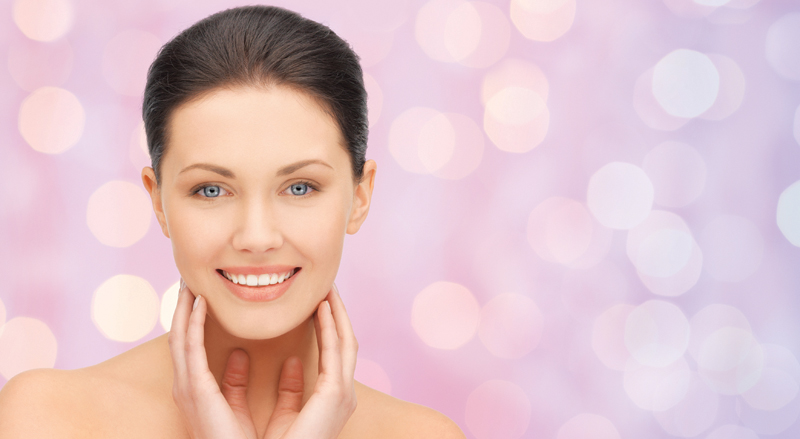
There's a button in Facetune that shows you the original image when you hold it down, and multiple undo/redo to help you correct mistakes. You can pinch to zoom in and get more precise, or pan around the image by holding down both fingers and swiping around. Once you've selected your tool, you simply manipulate the photo with your finger to apply it. It takes a while to figure out what each tool is best used for, though if you don't have the time to experiment yourself there are some helpful video tutorials available in the app's help section.įacetune's user interface is clear and well designed. The idea is that by applying these different tools to a face you can remove imperfections and enhance its best features. Once you're done with your creation you can save it or share it on your favorite social network or messaging service. You can import any image on your device to be edited in Facetune, or use your camera. There's also a handy crop tool, as well as lots of cool filters and frames to help give your images a striking artistic effect. For instance, there's a smoothen tool, a patch, red-eye removal, defocus, and more. These effects are achieved through one or a combination of the retouching tools that appear along the bottom of the Facetune interface. You can widen a smile, whiten teeth, change your eye color, refine your jaw line, hide gray hair, and much more. All of its many editing tools can help you touch up a portrait or a selfie in some way. That glare in a subject’s eye can be distracting, so if you want to post a photo on social media, you may want to remove any red eye first.
#Facetune for body android
"This can be especially harmful for teens and those with BDD, and it is important for providers to understand the implications of social media on body image to better treat and counsel our patients.Unlike other Android image editors like Photoshop Touch or PicsArt, Facetune is specifically designed for retouching photos. Fix Red Eye Facetune has a great and easy-to-use Red Eye tool that comes in handy when the subjects of your photo get that red or white reflection of the camera flash in their eyes.

"Filtered selfies can make people lose touch with reality, creating the expectation that we are supposed to look perfectly primped all the time," said Vashi.

They recommend psychological interventions such as cognitive behavioral therapy and management of the disorder in an empathetic and non-judgmental way.
#Facetune for body skin
"A new phenomenon called 'Snapchat dysmorphia' has popped up," said Neelam Vashi, MD, director of the Ethnic Skin Center at BMC and Boston University School of Medicine, "where patients are seeking out surgery to help them appear like the filtered versions of themselves."Īccording to the authors, surgery is not the best course of action in these cases, because it will not improve, and may worsen underlying BDD. Additional research has shown 55 percent of plastic surgeons report seeing patients who want to improve their appearance in selfies. The viewpoint authors reference studies that show teen girls who manipulated their photos were more concerned with their body appearance, and those with dysmorphic body image seek out social media as a means of validation. The disorder affects around 2 percent of the population, and is classified on the obsessive-compulsive spectrum. This can include engaging in repetitive behaviors like skin picking, and visiting dermatologists or plastic surgeons hoping to change their appearance. Body dysmorphic disorder (BDD) is an excessive preoccupation with a perceived flaw in appearance, often characterized by people going to great - and at times unhealthy - lengths to hide their imperfections.


 0 kommentar(er)
0 kommentar(er)
